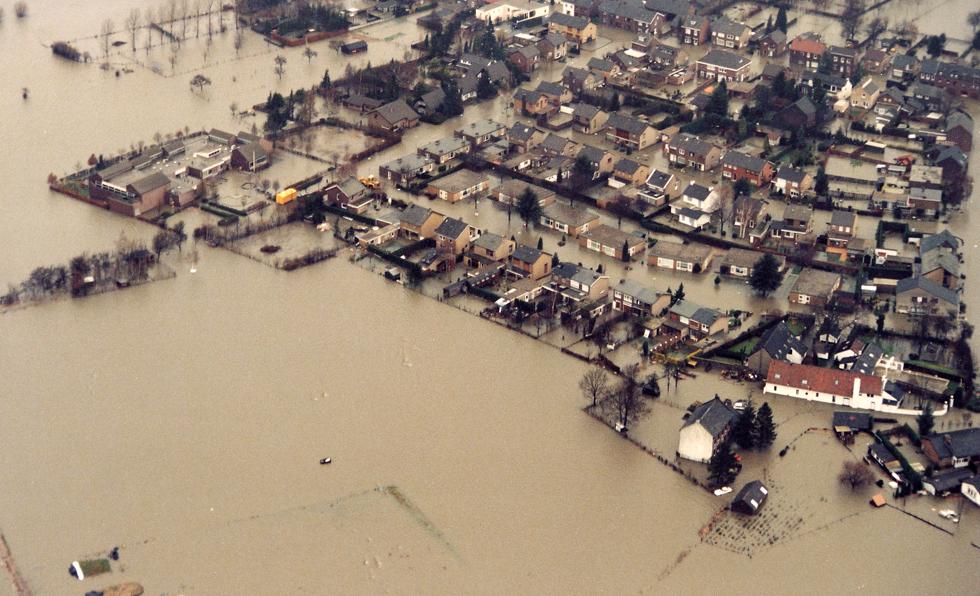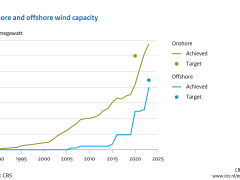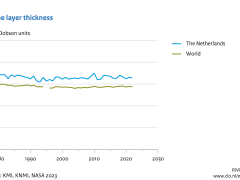
Energy and climate change
The economy of the Netherlands and other industrialized countries is based on a large input of energy. Oil, gas and coal are the main primary energy sources for the Netherlands. These fossil fuels provide the energy for our society.
Global warming is the result of a sum of influences greenhouse gases in the atmosphere, the sun, volcanoes and natural fluctuations in the climate system (caused mainly by oceans). Greenhouse gas emissions have been reduced, but if we want to establish a low-carbon society, more energy-saving measures must be implemented and we must continue to invest in renewable energy sources (wind, solar and biomass energy).
The editors have selected the most important indicators. Together, they provide a picture of energy and climate change.

